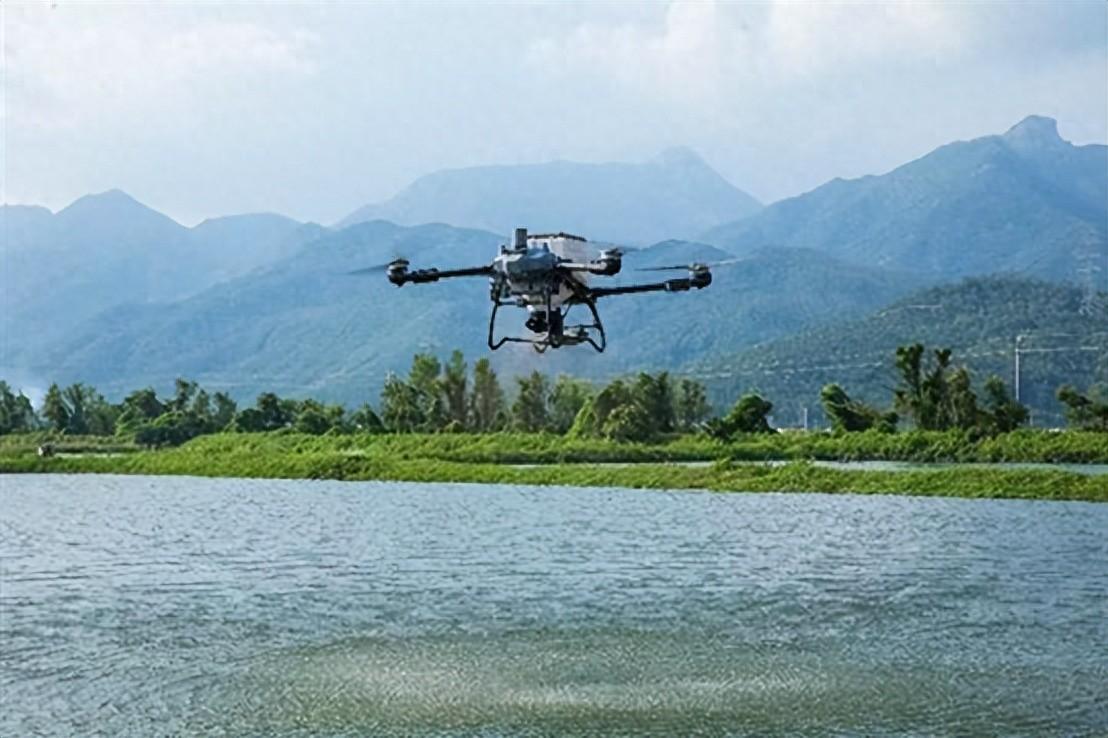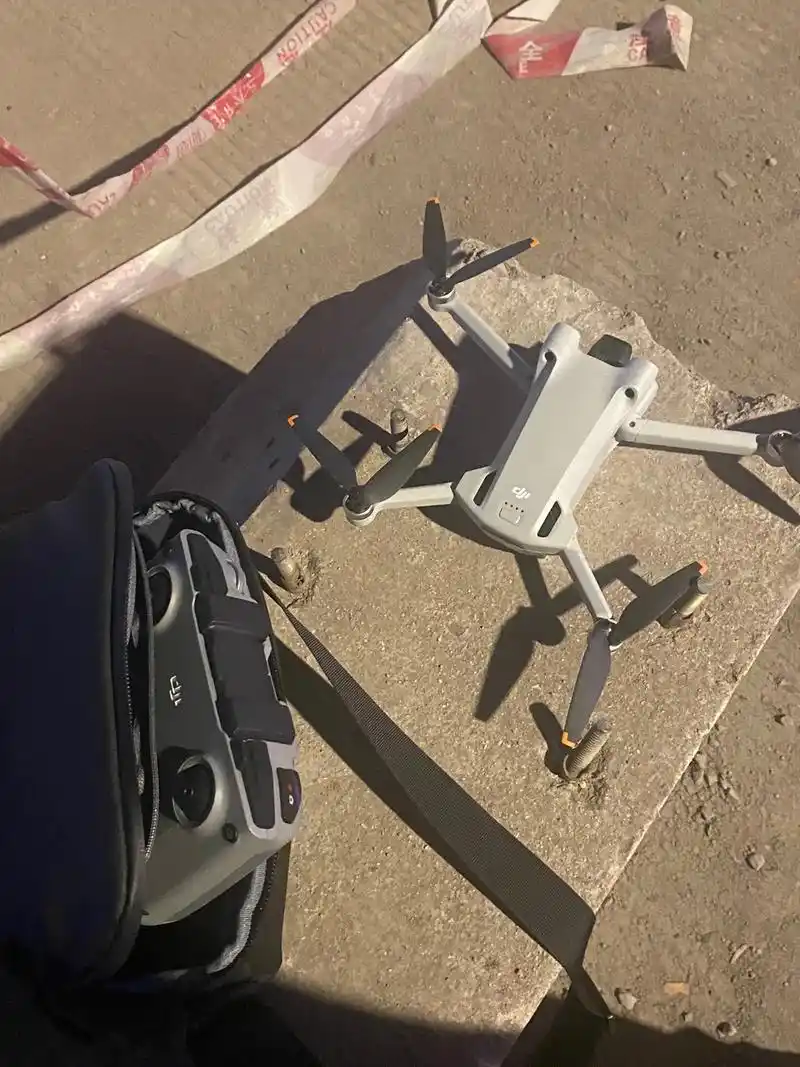
Market size growth and intensified competition
According to Technavio statistics, the global drone market size has reached $70.5 billion by 2024 and is expected to surge to $106.6 billion by 2028, with a compound annual growth rate of up to 15.23%. The Asia Pacific region maintains a leading position with a market share of 42%, with key markets including China, the United States, and Germany. Thanks to the benefits of low altitude economic policies (such as China's "layered classification" airspace management reform) and technological advancements (such as AI and hydrogen energy technology), the application fields of drones continue to expand, from agriculture and logistics to urban governance, cultural and tourism consumption, and other areas.
However, with the intensification of market competition, the price war in the industry has become increasingly fierce. In 2024, the average price of consumer grade drones in China will significantly decrease by 64% compared to 2019, while the price of industrial grade power inspection drones will drop sharply to around 120000 yuan, resulting in a significant compression of the company's gross profit margin to 20% -30%. Despite this, leading companies are still able to solidify their market position through technological barriers and ecological layout, forming a market pattern of "one super and many strong".
Analysis of the Competitiveness of Leading Enterprises
The technology and market position of DJI
In the fierce competition of the drone market, DJI has solidified its market position with its unique technological strength, market layout, and ecological construction. DJI has a global market share of up to 70% -80% in the consumer drone market, particularly exceeding 85% in North America; In the industry level drone market, its share has also reached 50% -60%; In addition, DJI has a market share of over 80% in the agricultural drone market. DJI's revenue will reach 50 billion yuan in 2023, with a gross profit margin of over 40%. Its self-developed OcuSync image transmission technology can achieve high-definition transmission over 15 kilometers, while also possessing core technologies such as three-axis mechanical gimbal and AI obstacle avoidance algorithm. Its patent reserves are abundant, with a cumulative total of over 16000, covering multiple key fields such as flight control and imaging.
Parrot's performance in the European market
Parrot focuses on industrial fields such as surveying and security in the European market. With its high-precision LiDAR technology and compliance advantages, it has successfully occupied a 20% market share in this segmented field. Parrot plans to launch the Anafi AI series of drones in 2025, which will be equipped with multispectral sensors and advanced cluster control systems, supporting collaborative operations of up to 100 drones and providing strong support for applications such as forest fire monitoring.
Skydio's technological breakthroughs and challenges
Skydio stands out in the market with its AI autonomous obstacle avoidance system, which is widely recognized by the US military and public safety agencies with a recognition accuracy of up to 99.8%. Skydio collaborates with Lockheed Martin to develop an AI cluster system, further expanding the application scenarios for military and infrastructure inspections. However, the high product prices have limited Skydio's penetration in the civilian market, with revenue of only 456 million yuan in 2024.
◇ Other competitor dynamics
In the field of drones, companies such as Yihang Intelligence and Jifei Technology also have their own strengths. Yihang Intelligent's EH216-S manned drone has obtained airworthiness certification and plans to launch pilot "air taxis" in Dubai and Shenzhen, targeting the urban air traffic market. Jifei Technology, on the other hand, is promoting the full process automation of agricultural drones through the "Unmanned Farm" plan. Its market share of agricultural drones has reached 9%, and by 2024, it will serve over 800 million acres of farmland.
02 Challenges Faced by the Industry
Geopolitics and technological bottlenecks
In terms of geopolitical risks, the United States has implemented export controls and tariff sanctions on companies such as DJI and Daotong, but these measures have not completely prevented these companies from gaining market share in the US market. In terms of technological bottlenecks, the current widespread range issues (30-60 minutes) and load limitations (consumer grade 5kg) faced by electric drones restrict their applications in logistics and agriculture.
The impact of regulations on the industry
In terms of regulatory competition, there are differences in airspace management among countries. For example, the EU's U-Space program and China's one click reporting system require companies to adapt to the compliance requirements of different countries, which also increases the complexity of the industry.
The integration of green energy and AI technology
In terms of green energy transformation, CATL's breakthrough in solid-state battery technology has greatly increased the endurance of drones to 400 kilometers. At the same time, hydrogen powered drones such as the Guangzhou "Hydrogen Spin II" have achieved a feat of 69 hours of all-weather operation. The deep integration of AI technology has also brought revolutionary changes to the drone industry. DJI agricultural drones have improved their spraying efficiency by 30% through AI pest and disease recognition technology, and Skydio's obstacle avoidance system has taken an important step towards fully autonomous decision-making capabilities.
Exploration of emerging application scenarios
With the continuous fission of application scenarios, the drone industry is ushering in new growth points. Urban air traffic, cross-border logistics, and emergency rescue have all become new stages of drone technology.
Comprehensive analysis of the competitive landscape
The competition in the global drone market is essentially a comprehensive competition of technological innovation, ecological construction, and policy response capabilities. Enterprises need to combine technological, situational, and policy advantages. DJI, with its deep layout and rapid iteration capability in the entire industry chain, is difficult to be surpassed by challengers in the short term; However, companies such as Parrot and Skydio need to establish their own irreplaceability in segmented fields. In the future, the trillion dollar market of low altitude economy will belong to comprehensive players who can perfectly combine "technology, scenarios, and compliance". The advantages of Chinese enterprises in the supply chain and the policy dividends they enjoy will undoubtedly become the key factors for their victory in competition.




